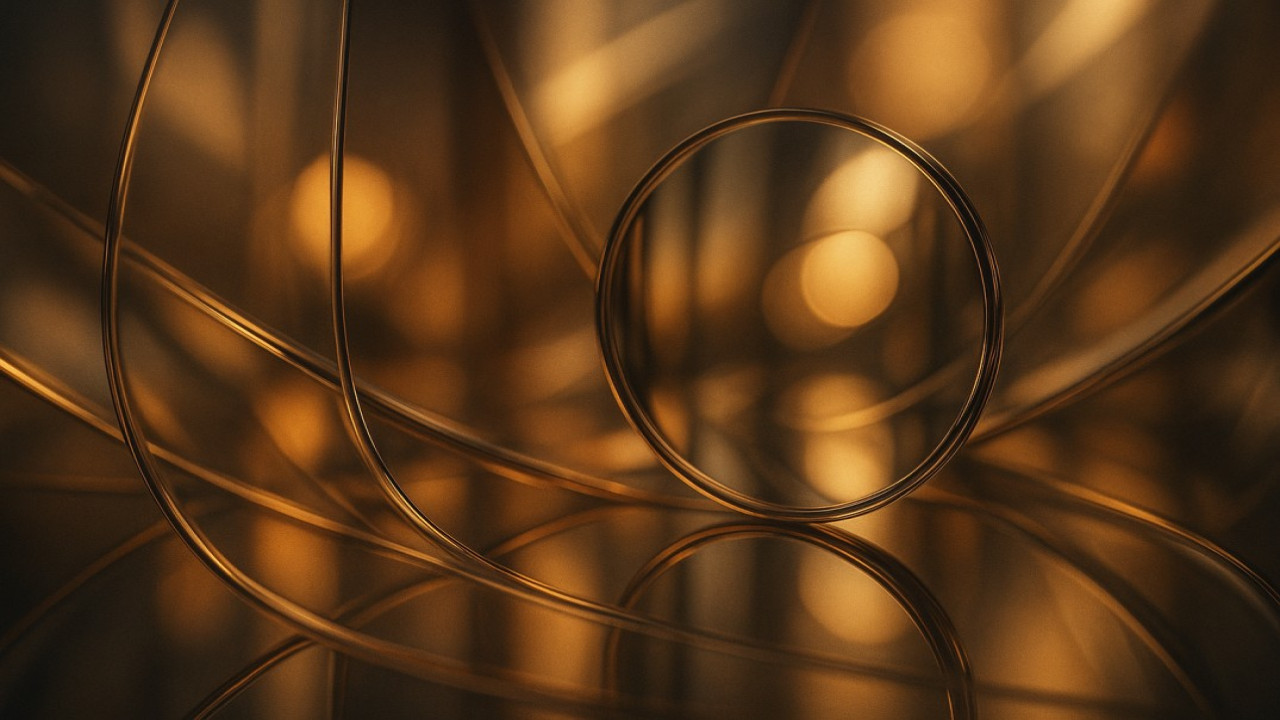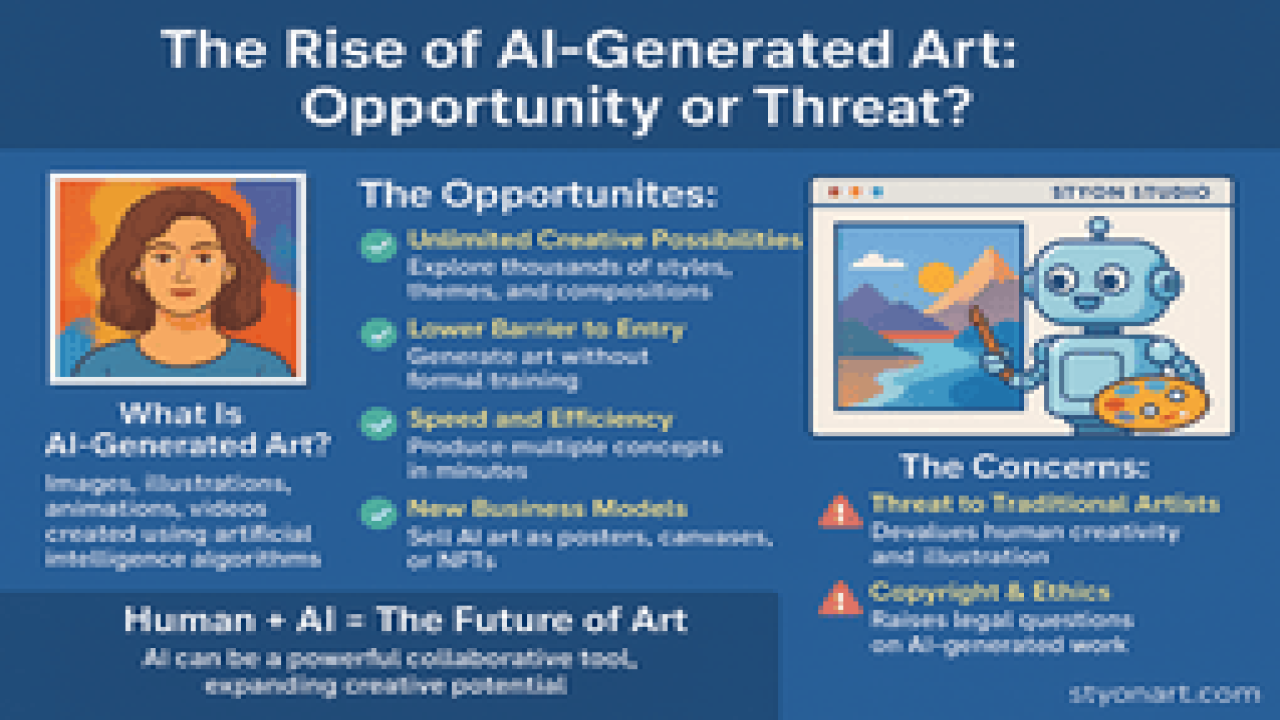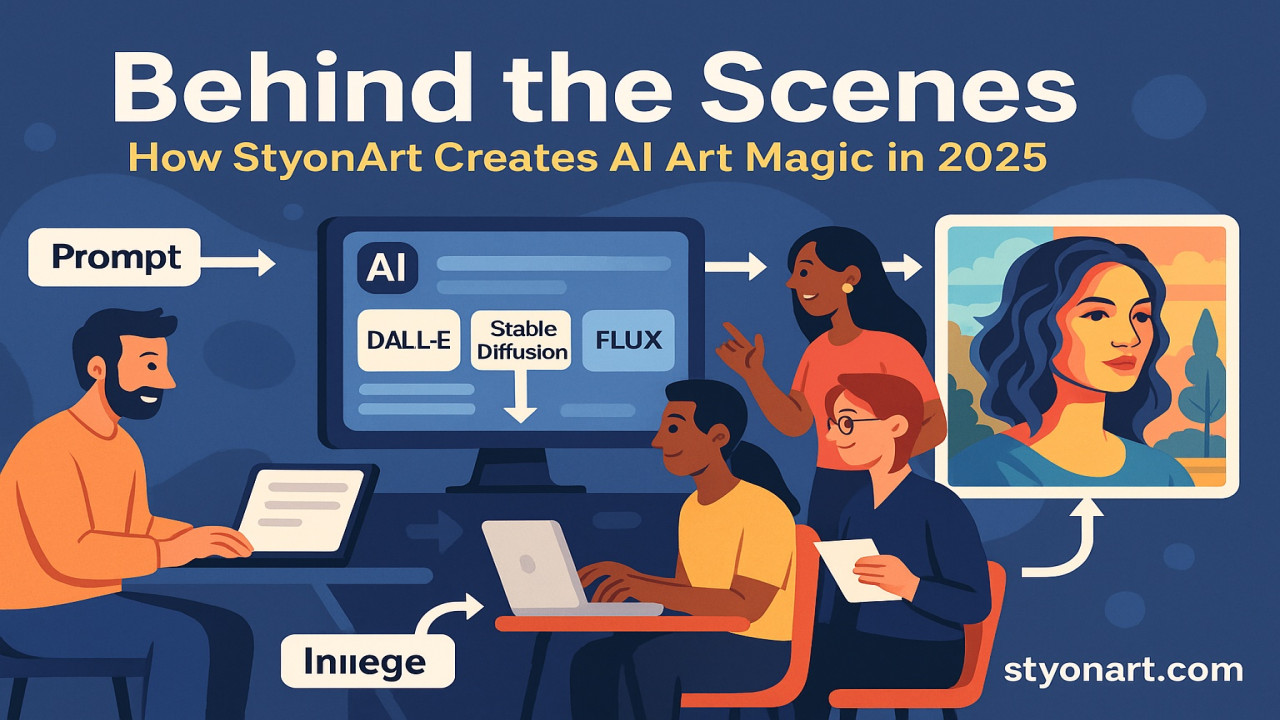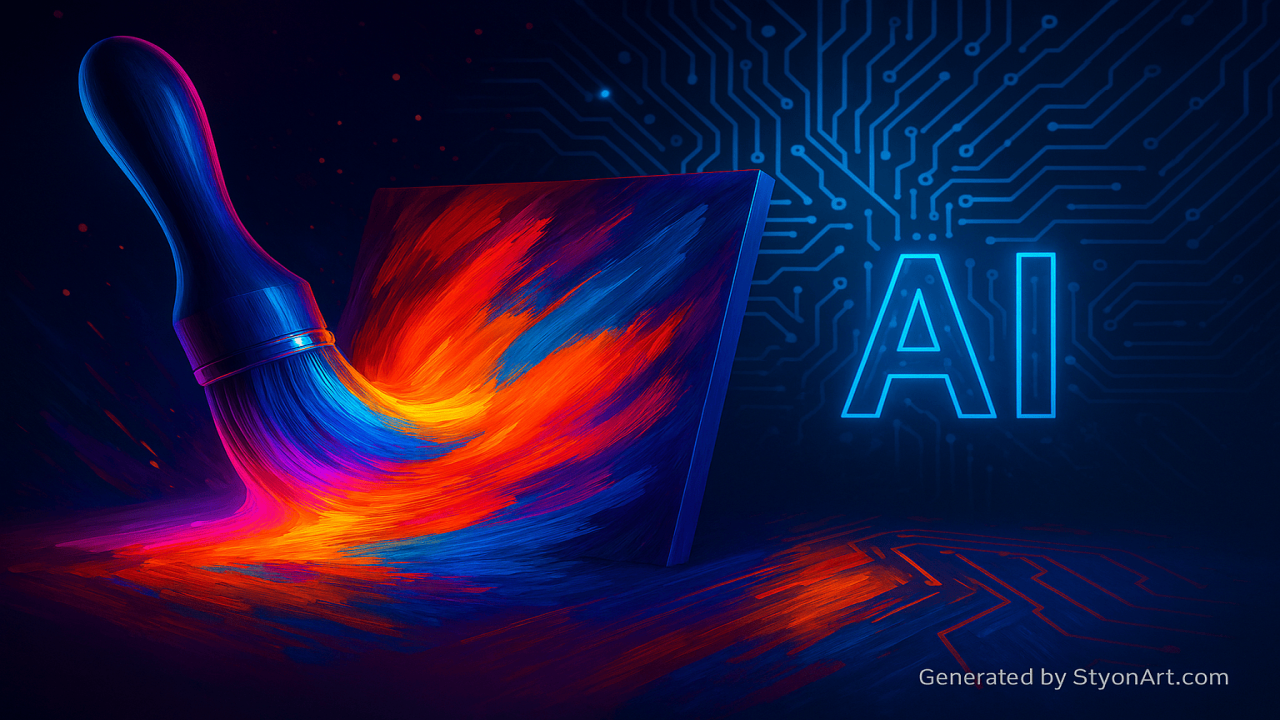Reflections in Art – The Hidden Power of Mirrors and Light
Mirrors have fascinated artists for centuries — not just as objects, but as symbols. In art, reflection represents truth, duality, and the search for identity. Today, in the digital era, light and reflection have taken on entirely new meanings.
💡 The Symbolism of Reflection
A mirror doesn’t only show what’s in front of it; it reveals how we see ourselves. Artists use reflections to question perception, identity, and time.
From Renaissance painters to digital creators, reflection symbolizes the connection between what is real and what is imagined.
🖼️ The Evolution of Reflective Art
In traditional art, reflection was captured through oil, glass, and metal surfaces. In modern art, it lives in digital illusions, 3D rendering, and AI-generated lighting.
Artists now play with light physics, creating pieces that shift dynamically depending on how they are viewed.
🌈 Mirrors in Modern Expression
Reflections in art can represent:
Self-awareness – looking inward through visual metaphor.
Illusion – questioning what’s real.
Balance – symbolizing duality between inner and outer worlds.
Energy – reflecting light to create atmosphere and emotion.
At Styon Art, reflective compositions turn light into emotion — creating modern masterpieces that shimmer, shift, and breathe.
✨ Final Thought
Reflections remind us that beauty is perspective. Whether captured on metal, glass, or pixels, they reveal that art — like light — changes depending on how we choose to see it.













Comments (0)
No comments found